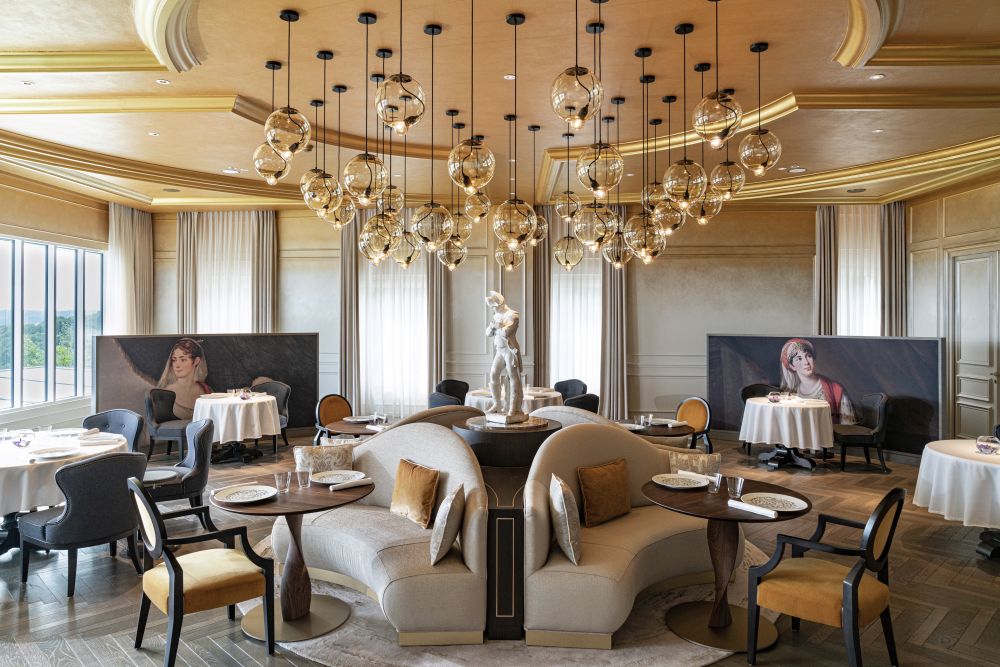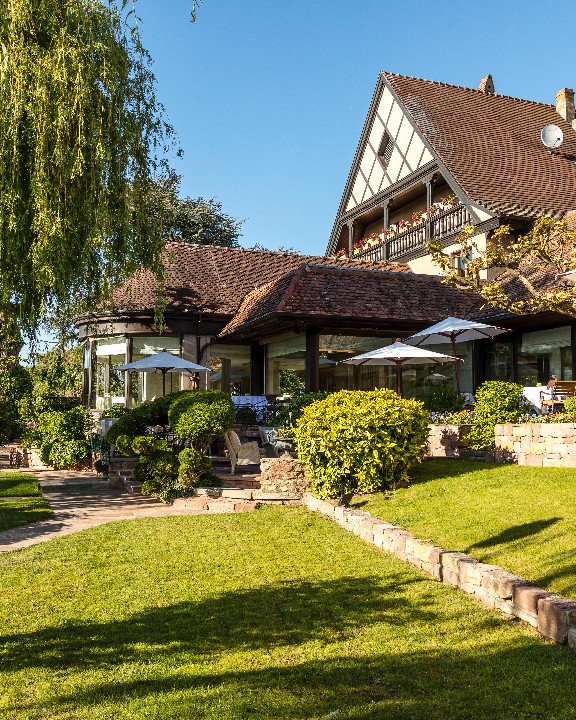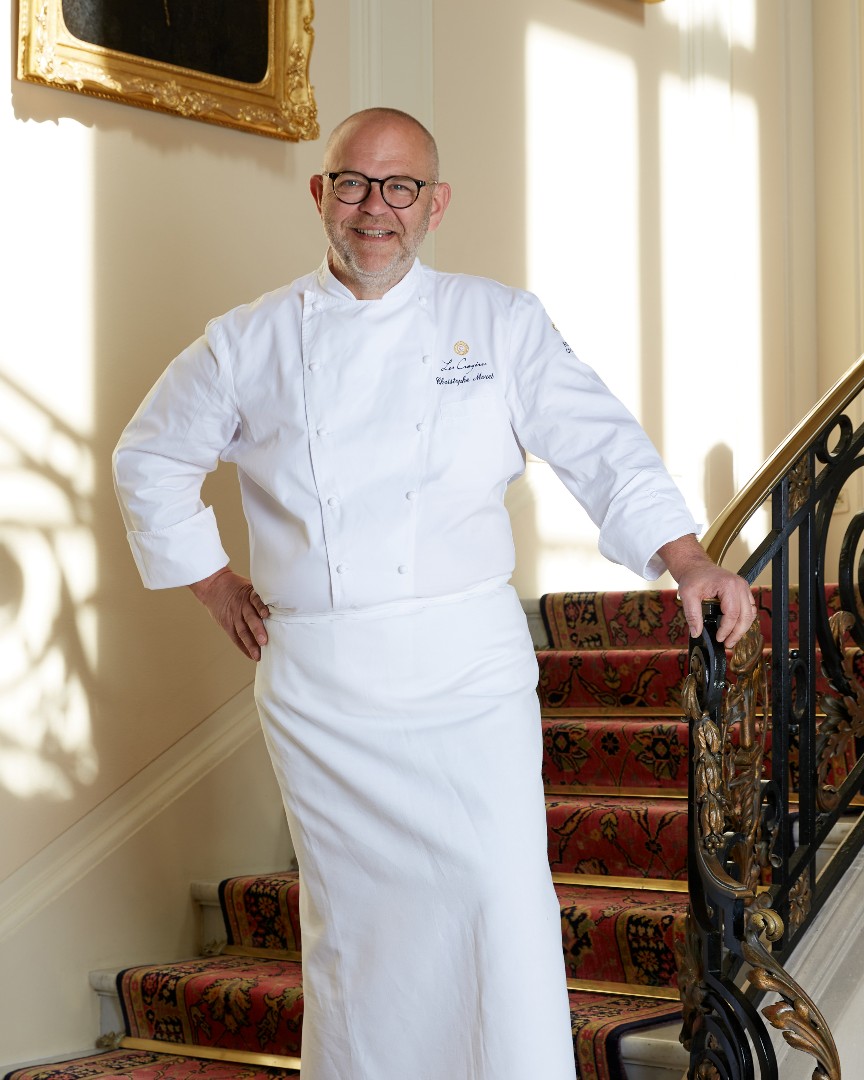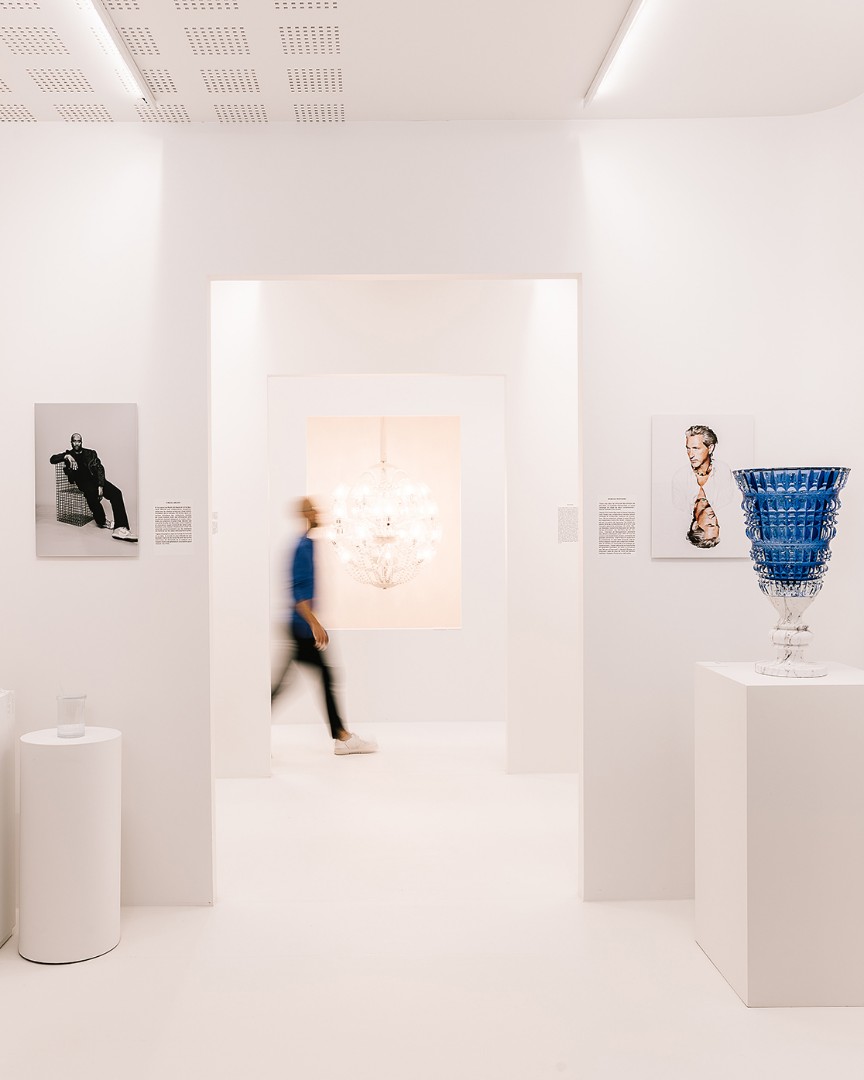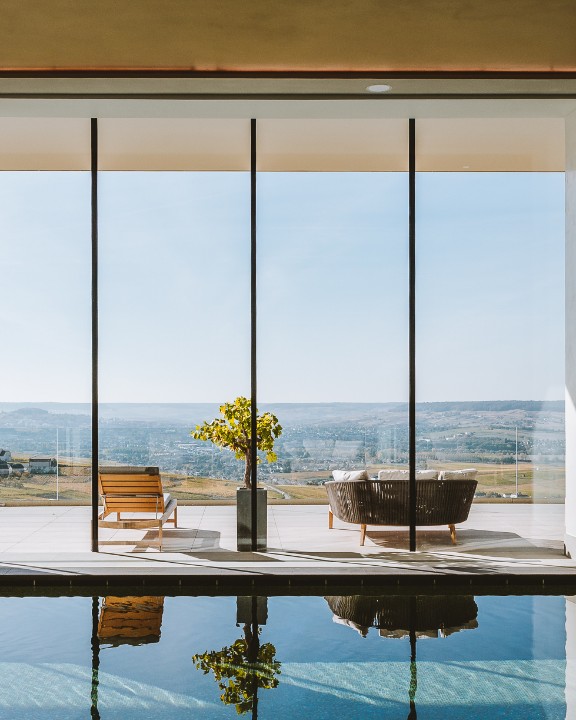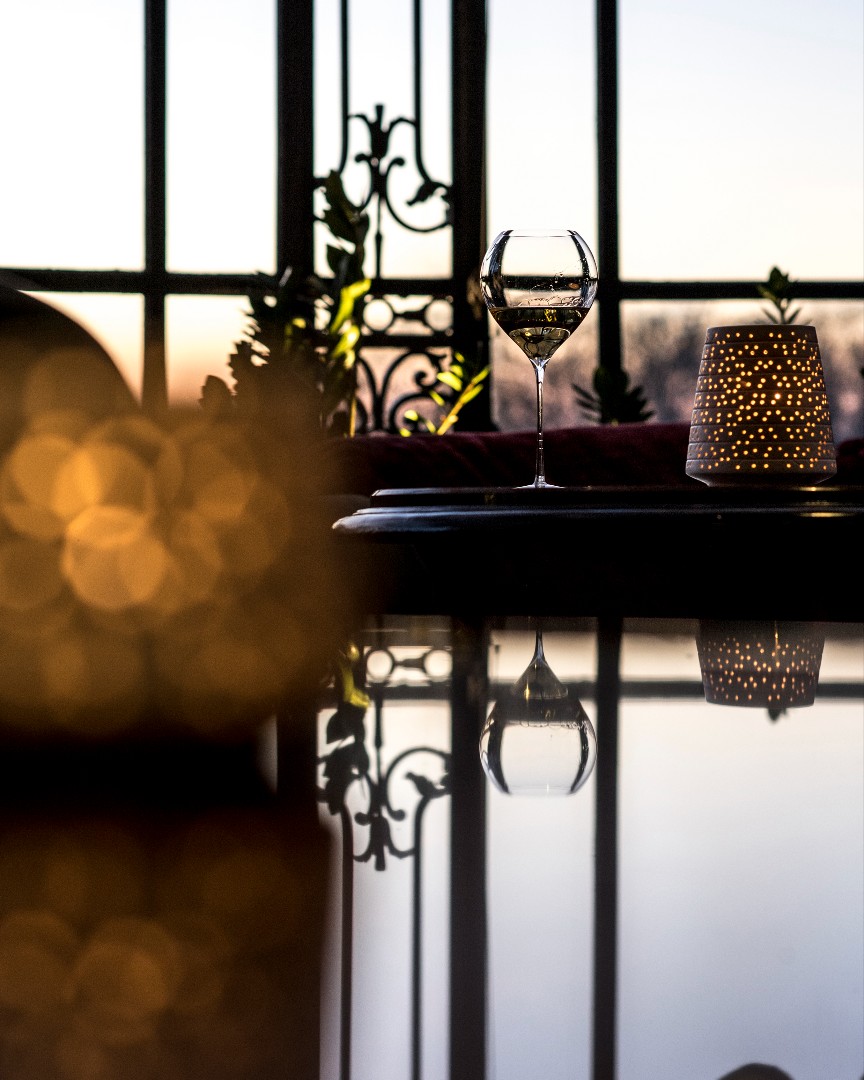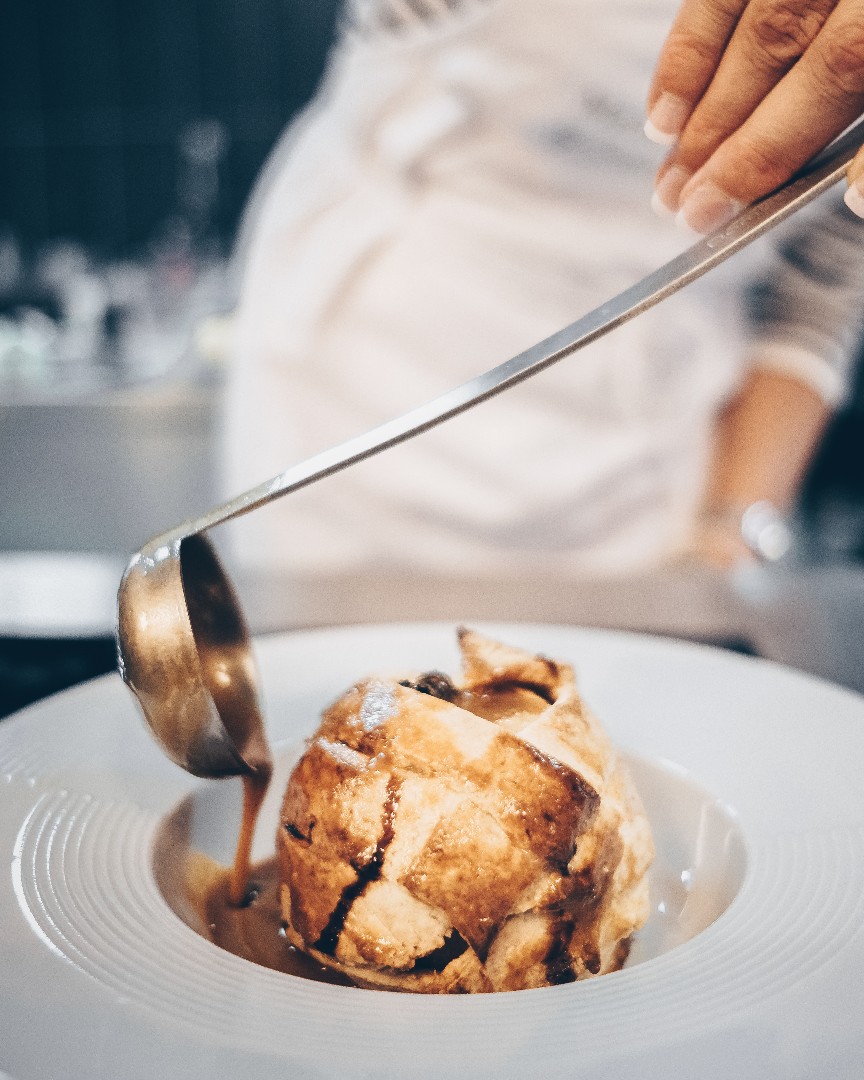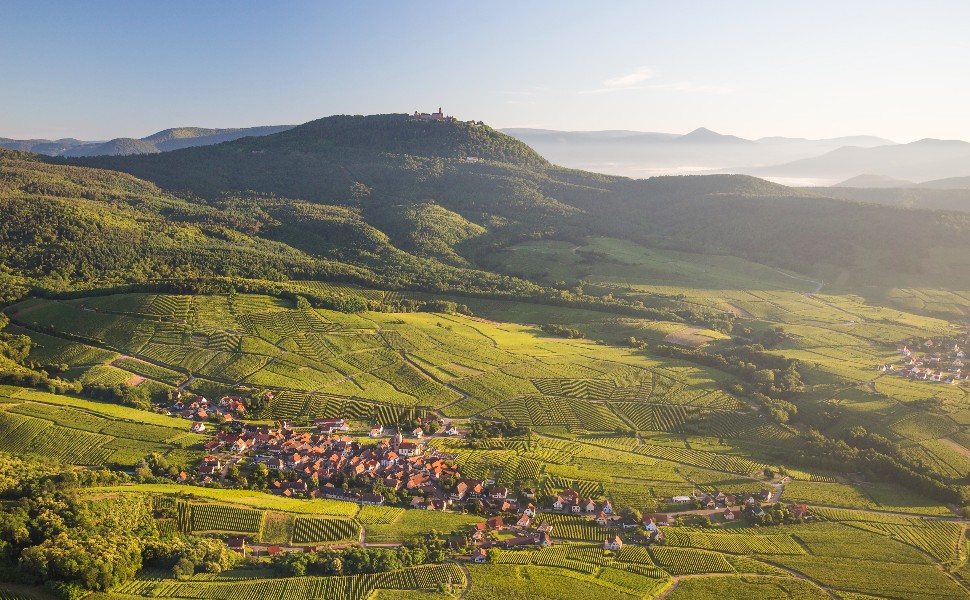
Discover the riches of Alsace's vineyards with two leading experts: Serge Dubs, the World's Best Sommelier 1989 and Master Sommelier at the Auberge de l'Ill, and Romain Iltis, "Meilleur Ouvrier de France 2015" and Head Sommelier at the Villa René Lalique. In October 2023, Serge Dubs passed on the torch to Romain Iltis at the "Association des Sommeliers d'Alsace", passing on the baton between two generations.
Romain Iltis: I grew up in Wihr-au-Val, a winemaking village in the valley of Munster. It was my father, "Meilleur Ouvrier de France Boulanger", who introduced me to taste at a very early age. I naturally turned towards the culinary sector and became a cook. Though I always believed that knowledge of wine was essential to run a restaurant. So I obtained a diploma in sommellerie and entered contests to prove to myself I had made the right choice!
Serge Dubs: My initiation in wine came late and was hardly appreciated, to be honest. However, everything changed in 1972 when I joined the ranks of the Auberge de l'Ill as a waiter and had the privilege of meeting Jean-Marie Stoeckel, then the best sommelier in France. I was literally overcome by his fervour and enthusiasm. Since then, my passion for wine has continued to grow. I have explored vineyards the world over to enrich my knowledge of winemakers' extraordinary expertise. I am thankful to have come across the Haeberlin family, Paul Brunet and Émile Jung. They have taught and inspired me a great deal.
R.I.: Alsace has cultivated vines since the Roman era. Its vineyard nestles on a geological rift unique worldwide. It thus stands out for an exceptional diversity of terroirs. Together with an eventful history, this richness shaped the identity of Alsatian wines. The influence of neighbouring cultures is also found in its grape varieties. The family of Pinots, from Burgundy, rubs shoulders with Gewurztraminer and Muscat, of Mediterranean origin. The Habsbourg imprint is also visible with Sylvaner. Not forgetting Riesling, emblematic of the region and seen as indigenous.
S.D.: What makes Alsatian wines so fascinating is precisely this mosaic of terroirs endowing them with unequalled richness and diversity. A single variety, planted a few metres apart, can offer radically different personalities. I can only recommend to all sommeliers in the making to do their training here.
R.I.: Yes indeed, from the 1990's, visionary winemakers such as Zind-Humbrecht, Valentin Zusslin and Kreydenweiss opened the door to practices respectful of the environment. Orange wines are relatively new. One should approach this trend with discernment, observe their evolution and not make hasty conclusions. Certain vintages are remarkable, particularly those of the Vignoble du Rêveur or the Domaine Dirler-Cade.
S.D.: Domaine Josmeyer has also distinguished itself as a pioneer in organic vine-growing. For my part, I give great importance to the presence of recognized labels such as Demeter, Biodyvin and Bio Européen. They guarantee a reliable benchmark. Though nothing can replace tasting to judge a wine's digestibility! As sommeliers, we have a crucial part to play in defending quality. That also applies to orange wines. As long as they are controlled and exempt from any vinification defects, I can see no objection.
R.I.: For maximum enjoyment, I would recommend that they be opened in advance, poured into a carafe so that they can express all their potential, served at the right temperature, between 8 and 10 degrees and, above all, to use wide glasses rather than traditional green stemmed glasses!
S.D.: You should also set off to meet the winemakers. They will be delighted to share their knowhow and the secrets of their trade. The Alsace Wine Route is the loveliest in the world.

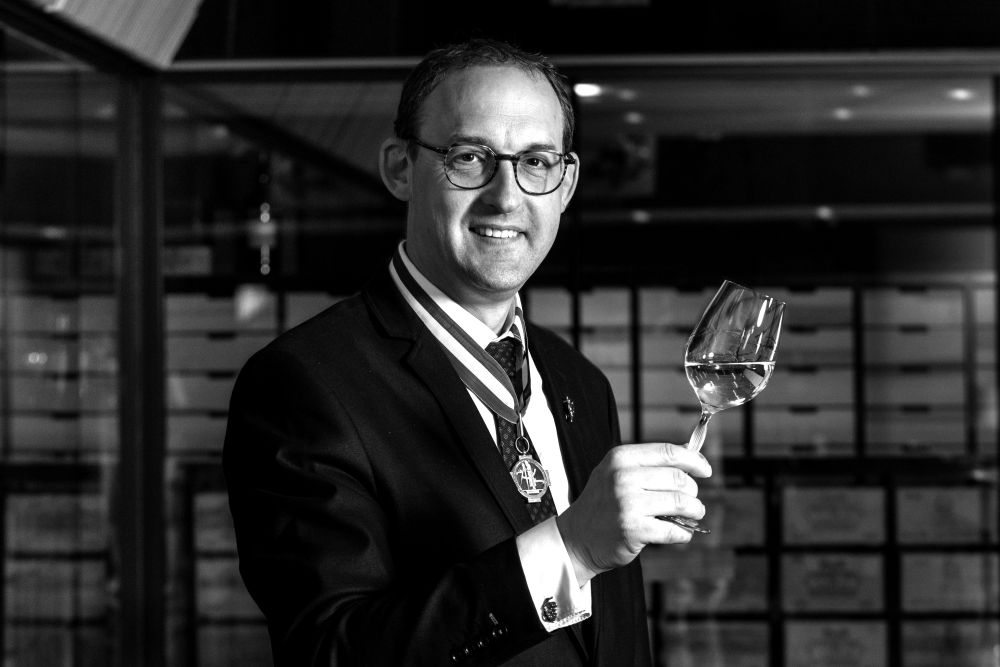
To contact the Agence Régionale du Tourisme Grand Est, click on the bell


